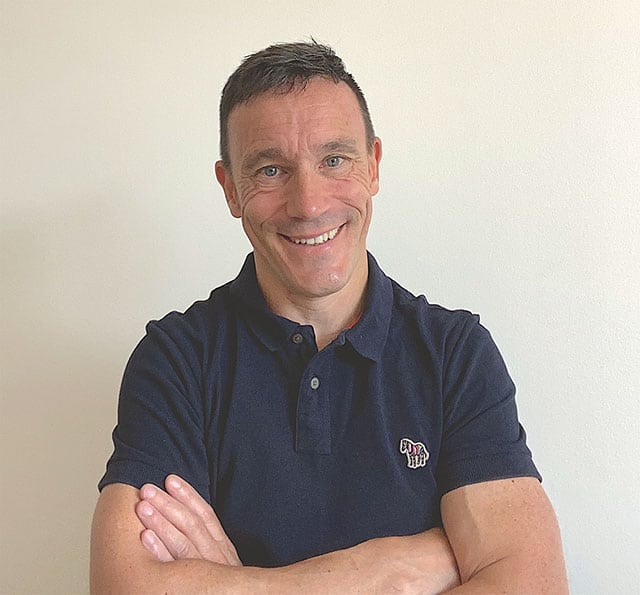
There are many examples of square peg products attempting to be fit in the round holes that markets appear to present to them. In fact, a 2019 study conducted by the German HTA organisation IQWiG concluded that they deem two-thirds of new innovations reaching the market today offer limited or no additional value beyond the current standard of care. However, this simply takes the health economic value perspective and largely ignores more subtle norms and behaviours that have become established over time, at the expense of investing in ‘innovation’.
In this context, shaping the market (or relevant context) for a new alternative is usually always needed for innovations to succeed, alongside efforts towards evidencing product profile improvement.
Appreciating that markets are essentially social constructs – people with varying roles and status (eg, clinicians, budget holders, patients, etc), organised around their goals (eg, outcomes, targets, savings, professional achievement), exhibiting behaviours that are governed by regulations and norms (eg, professional guidelines, routines, social influence).
When viewed this way, the opportunities to shape a given market become clearer – the task is about defining behaviours that need to change and how to do so.
Changing behaviour – focusing on three things
The COM-B model for behaviour change, first defined in 2011 by Susan Michie, a health psychologist, has since been widely adopted by policymakers across numerous areas and has three core (social) components:
*Capability (ie, the knowledge/tools/skills needed to make the change)
*Opportunity (ie, the practical or emotional capacity to ensure the change is possible)
*Motivation (ie, the need, desire or drive to want to make the change).
Motivation – ‘social norms’ are stronger than ‘market norms’
The central component for behaviour change is motivation. There are a number of methods available to create motivation, the most obvious of which are usually the pressure of incentives or penalties (financial or otherwise). The other well researched area related to motivation is social pressure. Social pressure, in fact, has the potential to bring about powerful motivation and often stronger than incentives or penalties.
Consider an example from Levitt & Dubner’s Freakonomics. A day care centre decided to impose a $3 fine when parents were late picking up their children. Instead of encouraging them to be punctual, it had the opposite effect. Late pickups went through the roof. Why? Before the fine was imposed, there was a social contract between day care staff and parents, who tried hard to be prompt and felt guilty if they weren’t. By imposing a fine, the centre had inadvertently replaced social norms with market norms. Freed from feelings of guilt, parents frequently chose to be late and pay the fine – certainly not what the centre had intended.
Challenging social norms to create motivation and impetus to support market change
Real change in markets can happen when the voice and experience of expert peers is deemed both relevant and clear and then amplified to be heard by target stakeholders within the market, creating new social norms or advocacy. Advocacy is often discussed but is not always truly delivered, lacking real purpose and often being confused with ‘building relationships with key opinion leaders’.
Amplified Delphi
One highly effective method of helping to achieve powerful, purposeful advocacy is the Delphi method, an approach to understanding and building consensus that was first used by the US government to help determine the way technology could/should be used during the Cold War. It is now used extensively in policy and healthcare, with outputs graded in the evidence hierarchy and recognised by HTA bodies around the world.
The Delphi method can be modified to not only focus and consolidate expert opinion around clinical or healthcare management questions but also to build a powerful voice behind recommendations for change (linking to capability, opportunity and motivation).
This iterative approach can be put to work to determine focus versus a market challenge, which can then be validated and amplified through sharing with a wider group of responders to understand their level of agreement with purposeful statements. The responder group can be sampled according to its knowledge and experience; relevance to the topic and of a sufficient size to add weight and credibility to the outcome they collectively determine.
Triducive combines commercial understanding in healthcare with expertise in facilitating and delivering amplified expert consensus to help create that focused message and strong coalition behind it to create powerful motivation for change. This can then be complemented with tried and tested accompanying activities to support stakeholder ‘opportunity’ and ‘capability’ to help make it happen. After all, if you aren’t shaping your market, who is?
Nick Williams is Managing Partner at Triducive





